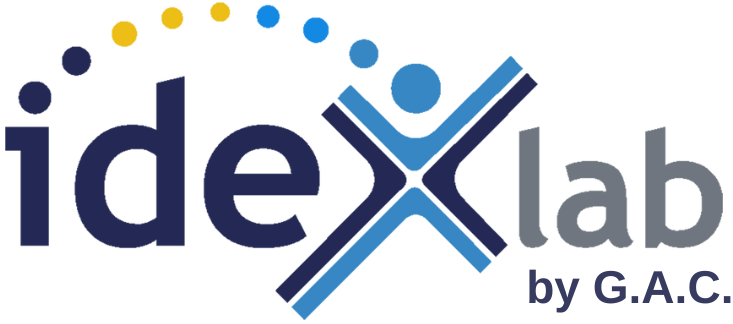The importance of the Bibliography in Innovation
Bibliography and Innovation – The concept of bibliography seems reserved for academic work or literary essays. Yet it plays a key role in innovation. Here’s why.
The bibliography, an ancient art
A bibliography is a list that references the relevant documentation in a given field. Building a bibliography is an essential act in any action aimed at advancing knowledge.
A bibliography is based on two requirements:
- Identify prior knowledge to avoid reinventing: nanos gigantum humeris insidentes (“dwarfs on the shoulders of giants”) it is by relying on previous knowledge that we advance it. The bibliography is both a demonstration of strength and humility: to flaunt a knowledge base, but also recognize and attribute authorship;
- Justify that new knowledge is produced, such as in the case of a doctoral thesis or a patent that need to clearly identify in the bibliography pre-existing knowledge to highlight the originality of the thesis, or the novelty or inventive nature of the patent.
We will not comment using the bibliography for other uses such as measuring the academic performance: it would require a separate development.
Many tools exist to make it easier for students and researchers in establishing a bibliography. Called ‘reference management tools‘, they can facilitate the establishment of a bibliography – under certain codified rules for example in the citations – EndNote, Mendeley or Zotero are such examples that can facilitate this work of collecting, organizing, saving and sharing the bibliography thus established.
Open Innovation, a recent practice
In an innovation activity, the bibliography is also essential: to identify the knowledge, e.g. from publications or patents, which allow the emergence of new ideas on a solid and well-documented basis. The production of new ideas – or questioning preconceived ideas – are obviously key in innovation. This approach must be based on good understanding of the pre-existing knowledge. It is well represented for example by the C-K theory, which explains how innovative design relies on and oscillates between Concepts (C) and Knowledge (K). The bibliography is a key contribution to the “K-space” the knowledge space; concepts (C), which generate the need for new knowledge or are derived from pre-existing knowledge, help identify innovation opportunities.
In recent years, the rise of Open Innovation, made possible by the development of information and communication technologies, further highlighted the need to integrate existing knowledge – the bibliography – in any innovation flow. It has also stimulated the emergence of new tools. These new tools should both integrate the need for rapid establishment of a bibliography along with quick execution steps. This execution often results in a linking with experts outside the company, who have expertise that the company does not have.
Bibliography and Innovation : new uses, new tools
Given this new context, platforms specialized in Open Innovation have emerged. They target innovators audiences, at the crossroads between bibliography creation tools and matchmaking, brokerage tools between e.g. innovative enterprises and experts, they have to adapt to these new needs.
To allow to quickly establishing a bibliography with sources of relevant and reliable information (the state-of-the art), to collect and organize information, to save it and to share it, but also to fit in a process of innovative design, these are some of the challenges facing these platforms to enable companies to take advantage of Open Innovation.
More informations :
http://sloanreview.mit.edu/topic/open-innovation-innovation/





